A Concours d’Elegance a la Française? What’s that?
Images: Yvon Gascoin & T R Raghunandan
The train from Bordeaux winds past undulating countryside, through dense forest, streams, vineyards and ancient towns with battlements and ruined forts. This is 2CV country. One can almost hear the sound of a peppy air-cooled two-cylinder engine echoing off the ivy-covered walls skirting quiet, winding roads. Also, 4CV Renaults. One must be fair to them; they sold as well as the more celebrated 2CV.
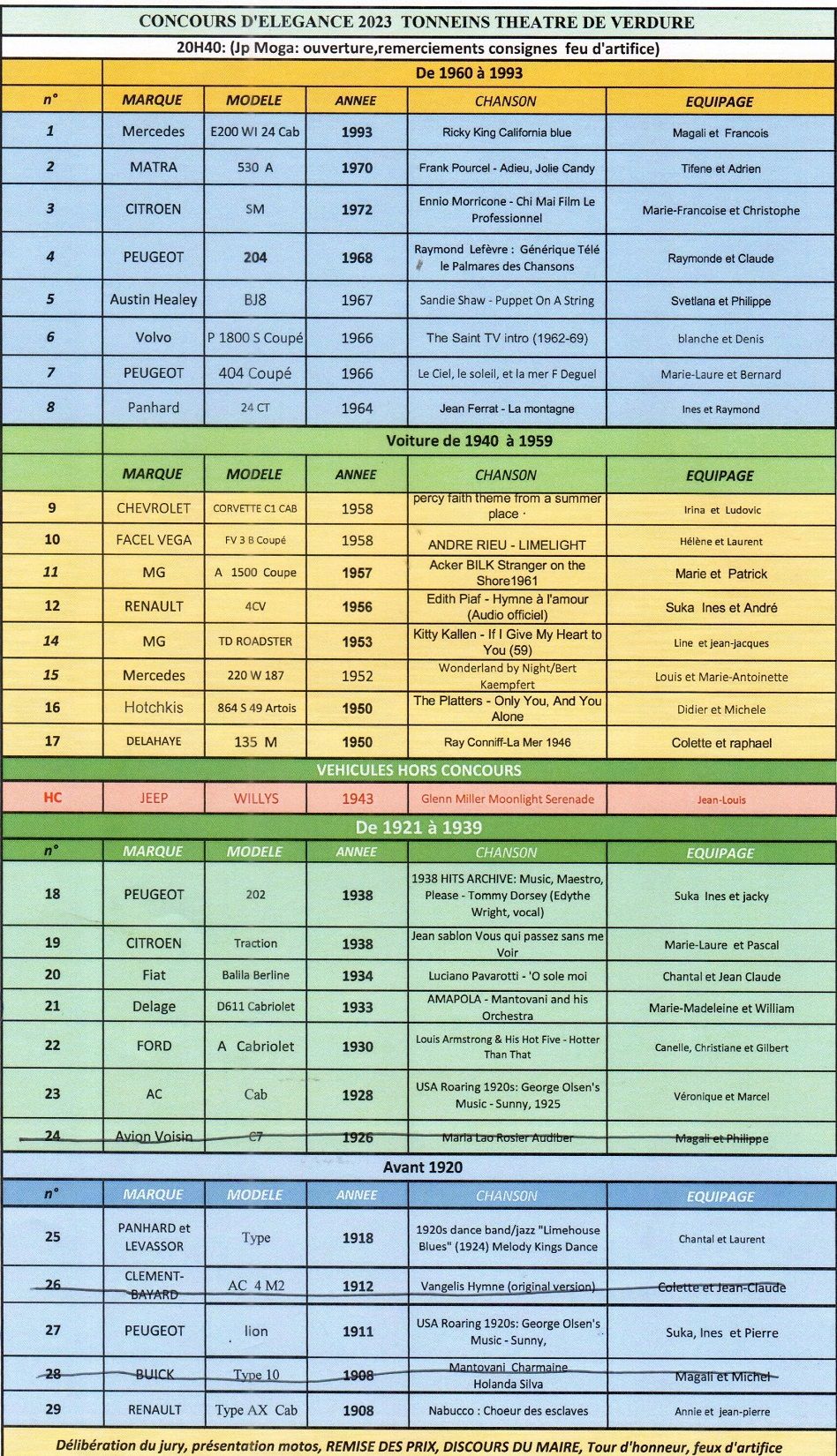
Tonneins, a town of nine thousand on the scenic river Garonne, an hour southeast of Bordeaux, wakes up from its sun-induced stupor once yearly to host a gathering of classic vehicles, the grand finale to which is a Concours competition. A real Concours d’Elegance a la française and not a Concours d’Etat.
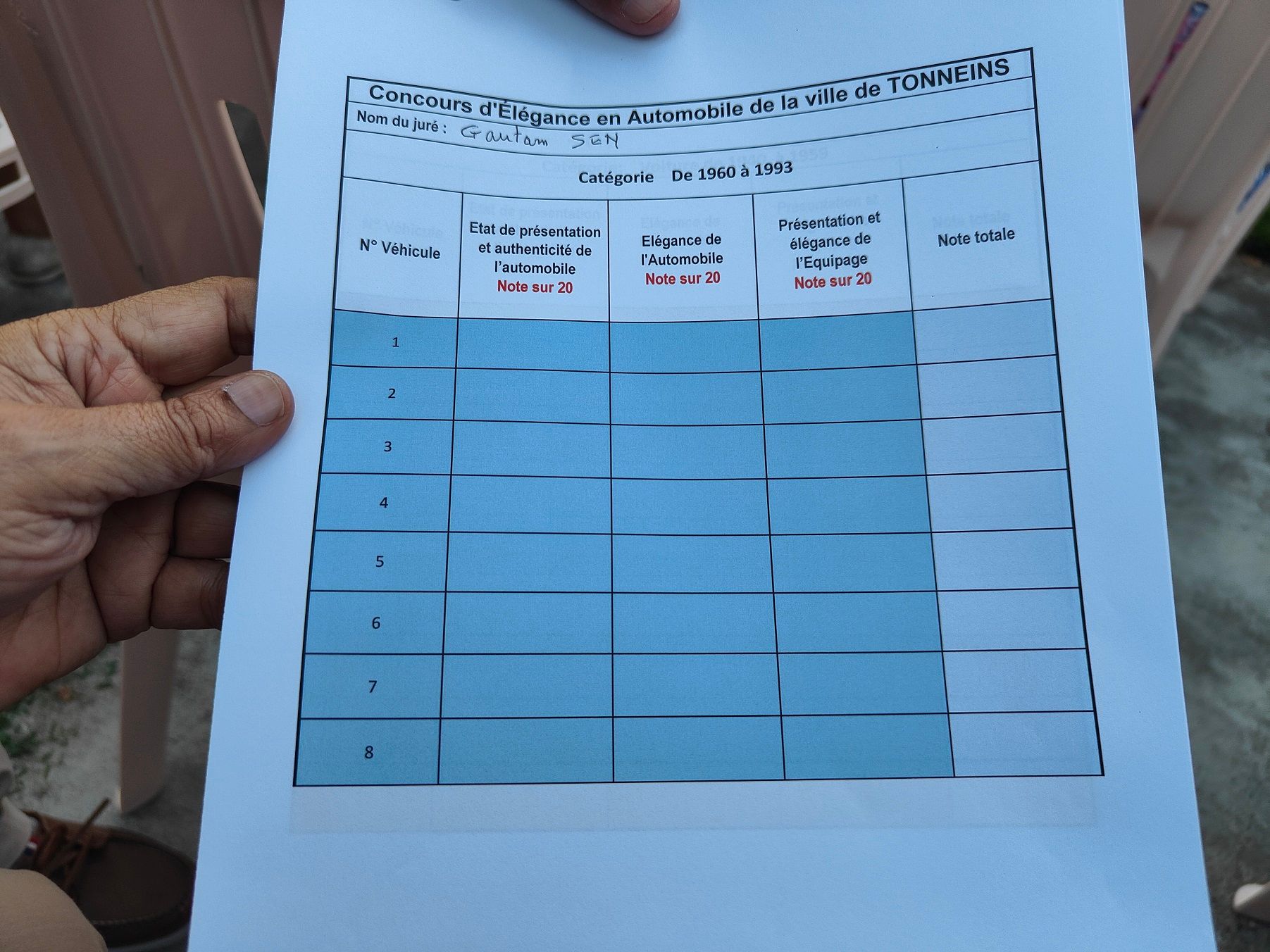
At a long table in the shade where chatty families sit and children play with their toy cars—the French inculcate a love of automobiles in their children quite early—Patrick Rollet, the former President of FIVA and a member of the board of the Fédération Française des Véhicules d'Époque, the French federation of historic vehicles, explains the true meaning of a Concours d’Elegance as I sip a smooth Bordeaux rosé wine.
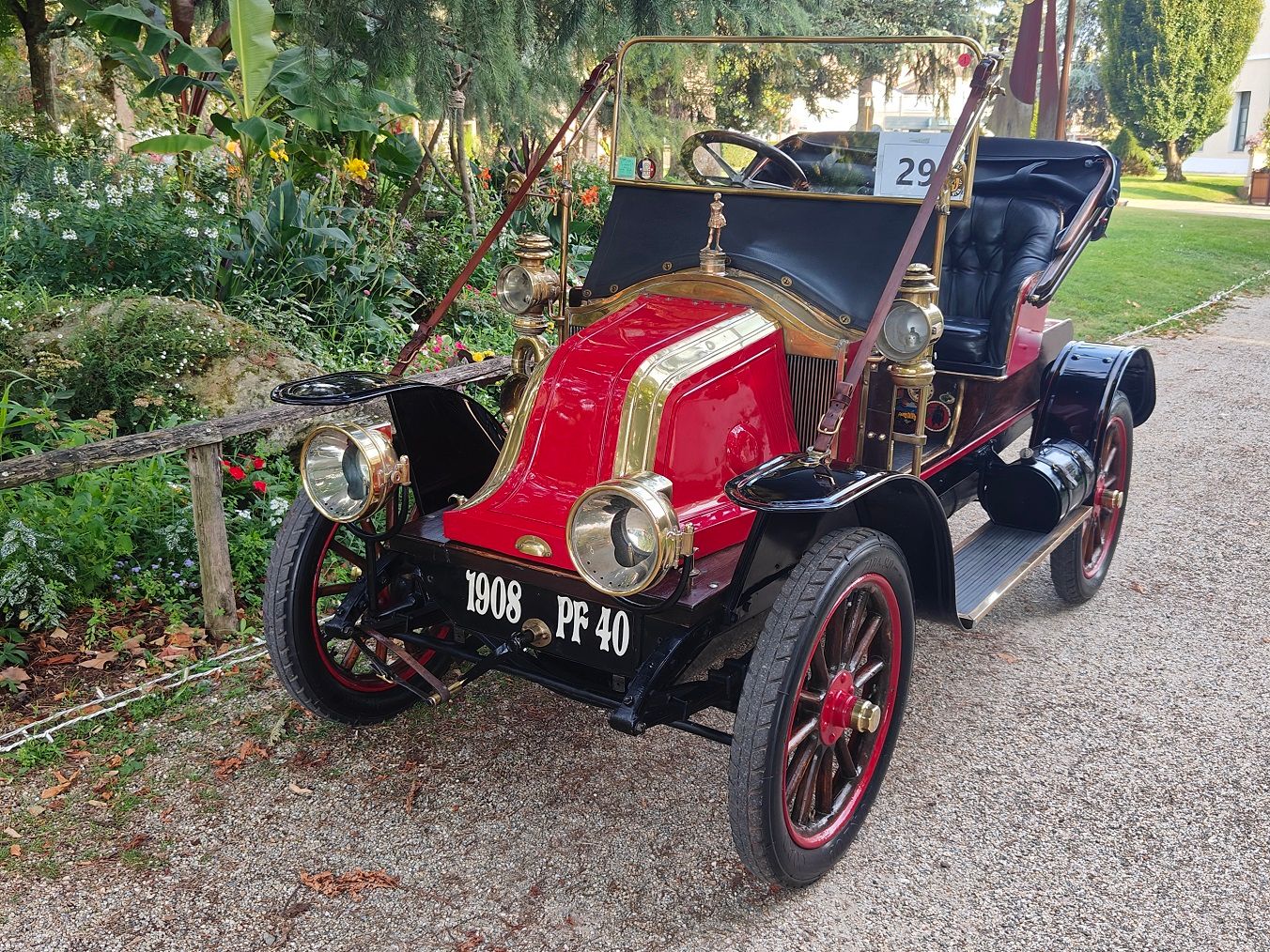
The French began the idea of a concours competition for vehicles, back in the roaring twenties when style was celebrated above everything else. As the country recovered from a war they hoped they would never see again, car chassis from the best engineers were bodied in extravagant styles by designers, celebrities in their own right and they were posed with elegant women in the latest fashions, often accompanied by a coiffured canine. Men were just props, chauffeurs at best. The overall impression that the car, women, clothes and canine conveyed, was awarded.
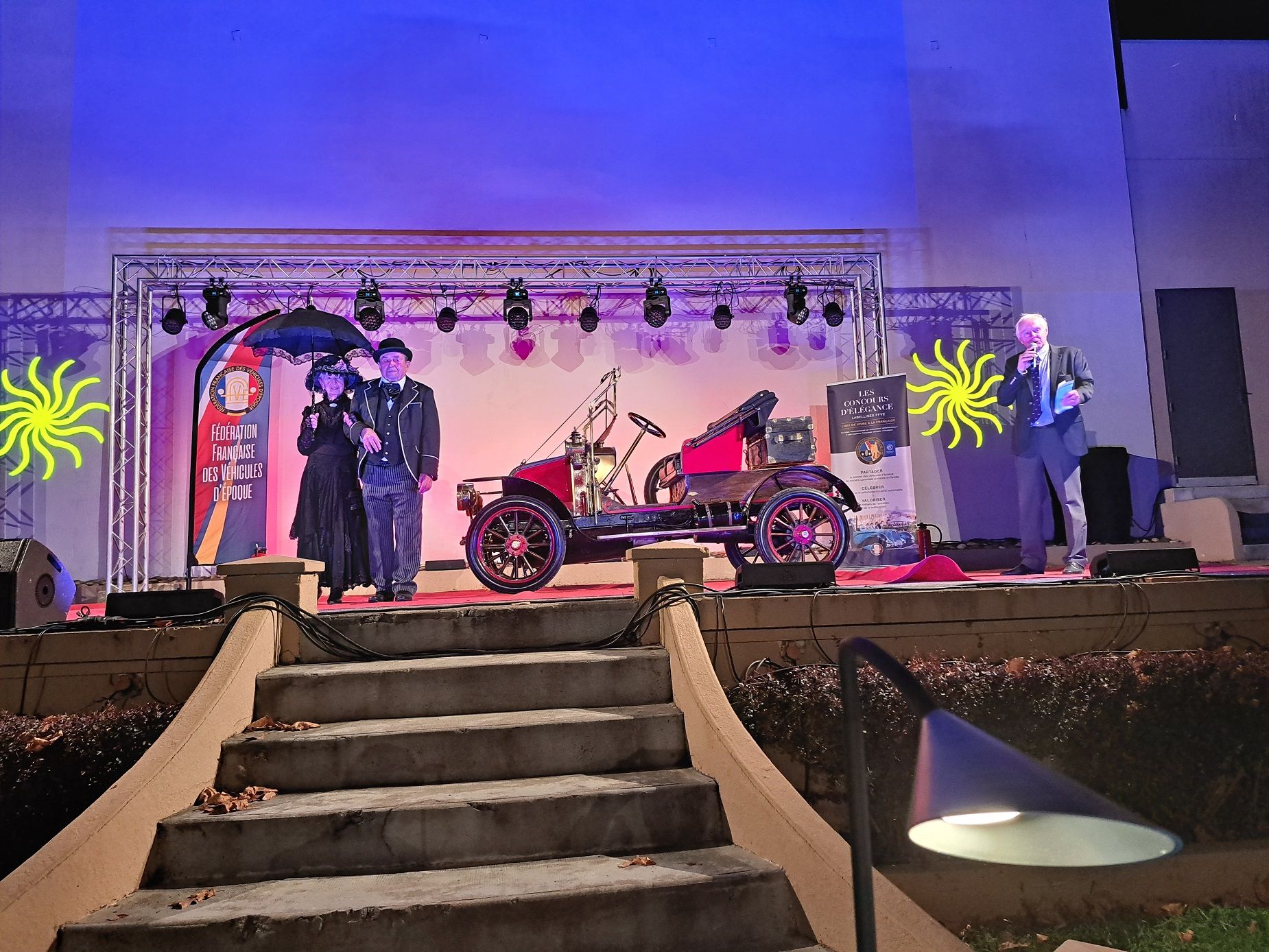
However, in many competitions across the world, the idea of a Concours has been transformed. “In events like Pebble Beach and Villa d’Este, they use the term ‘Concours d’Elegance’, but in reality it’s a ‘Concours d’Etat’,” explains Patrick. ‘A celebration of the condition of the car as presented in the competition,” he says.
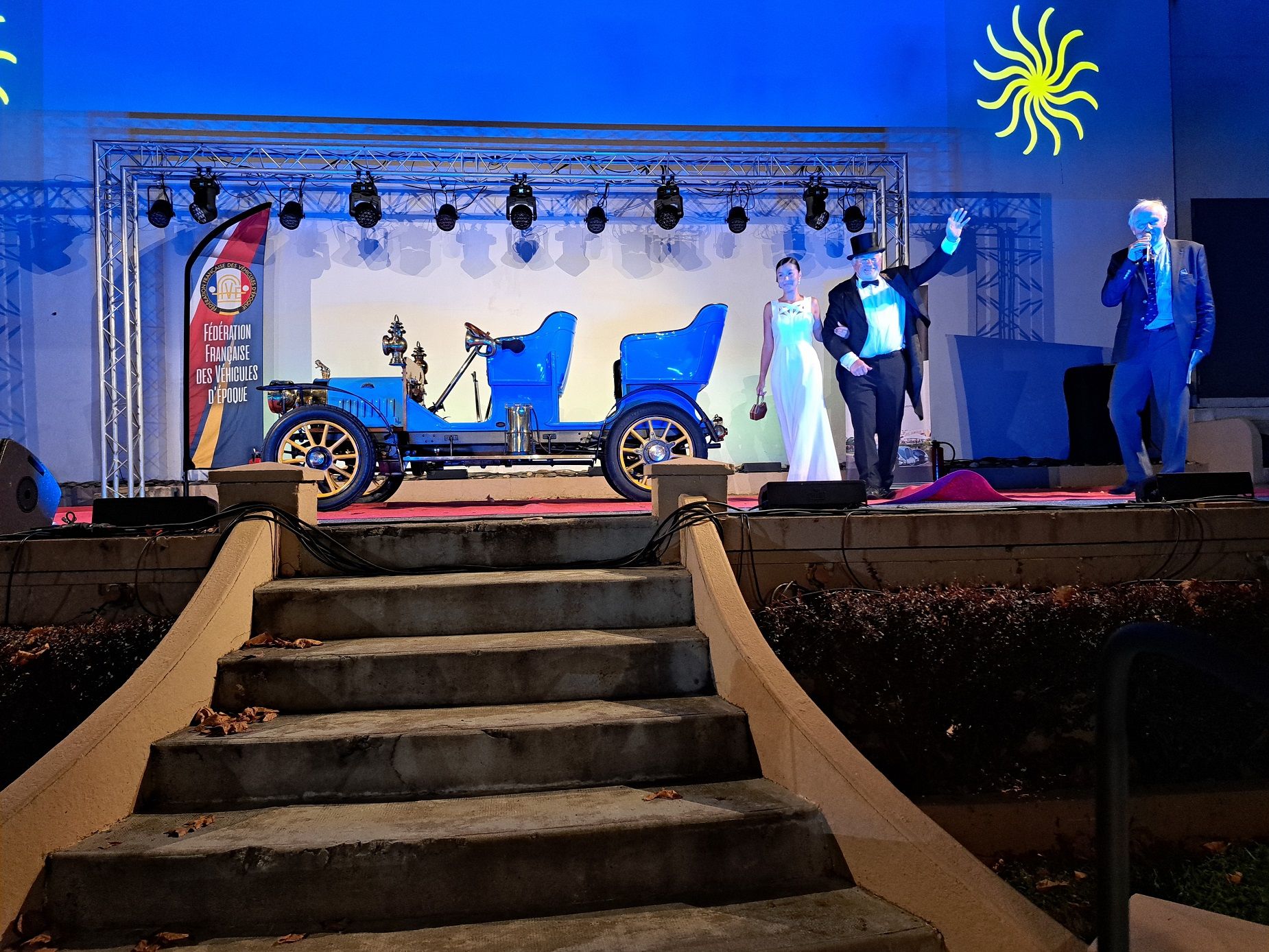
“So, is it that the rest of the world doesn’t see a Concours de Elegance the way the French do?” I ask.
Patrick agrees, shaking his head ruefully. In many competitions, the Concours d'Elegance term is now applied to a strictly judged, highly competitive discipline of displaying restored cars that are judged for restoration quality on an elaborate points-based system. That is what prevails in the United States. “You in India are also walking down the same path,” says Patrick.
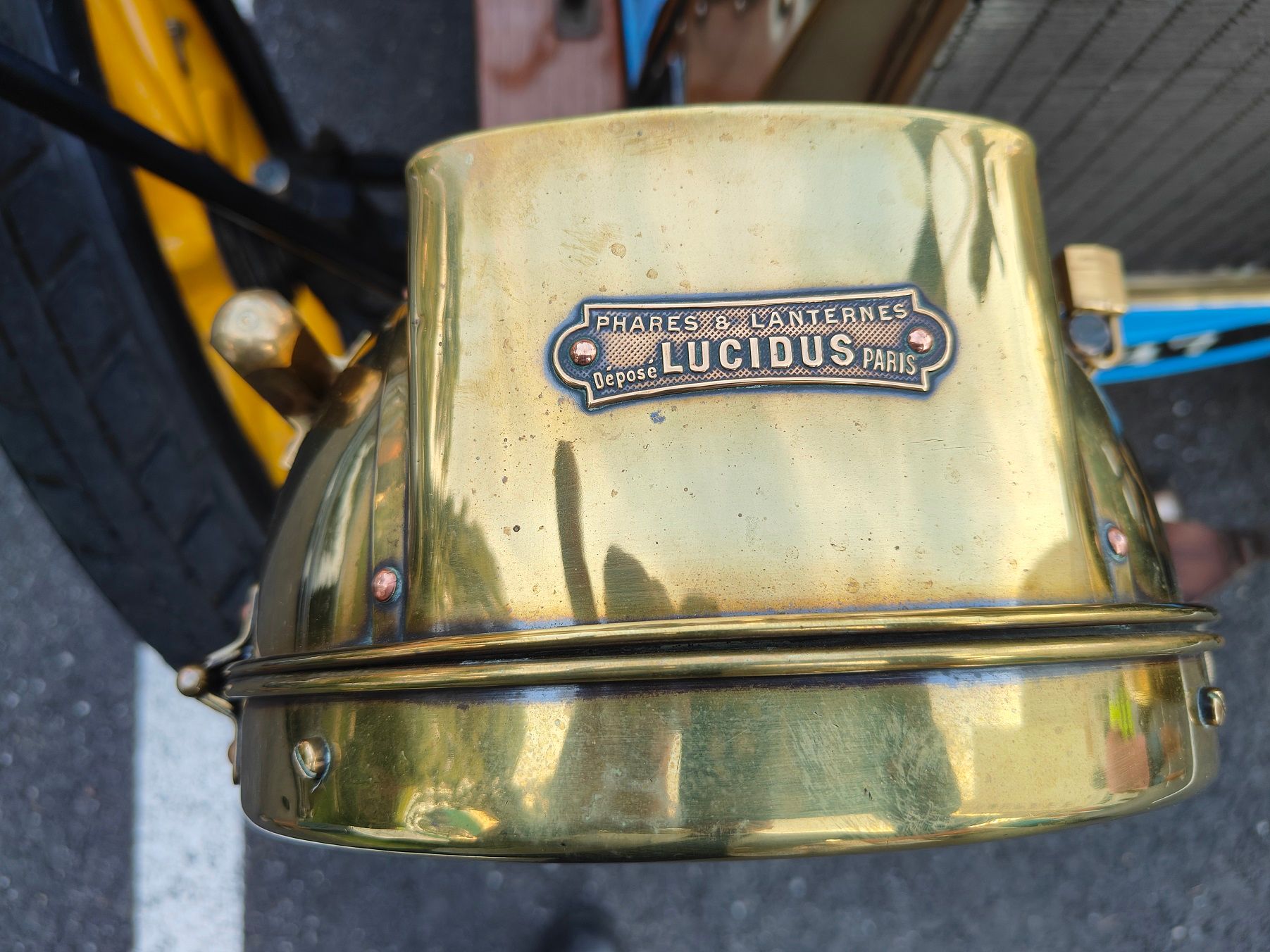
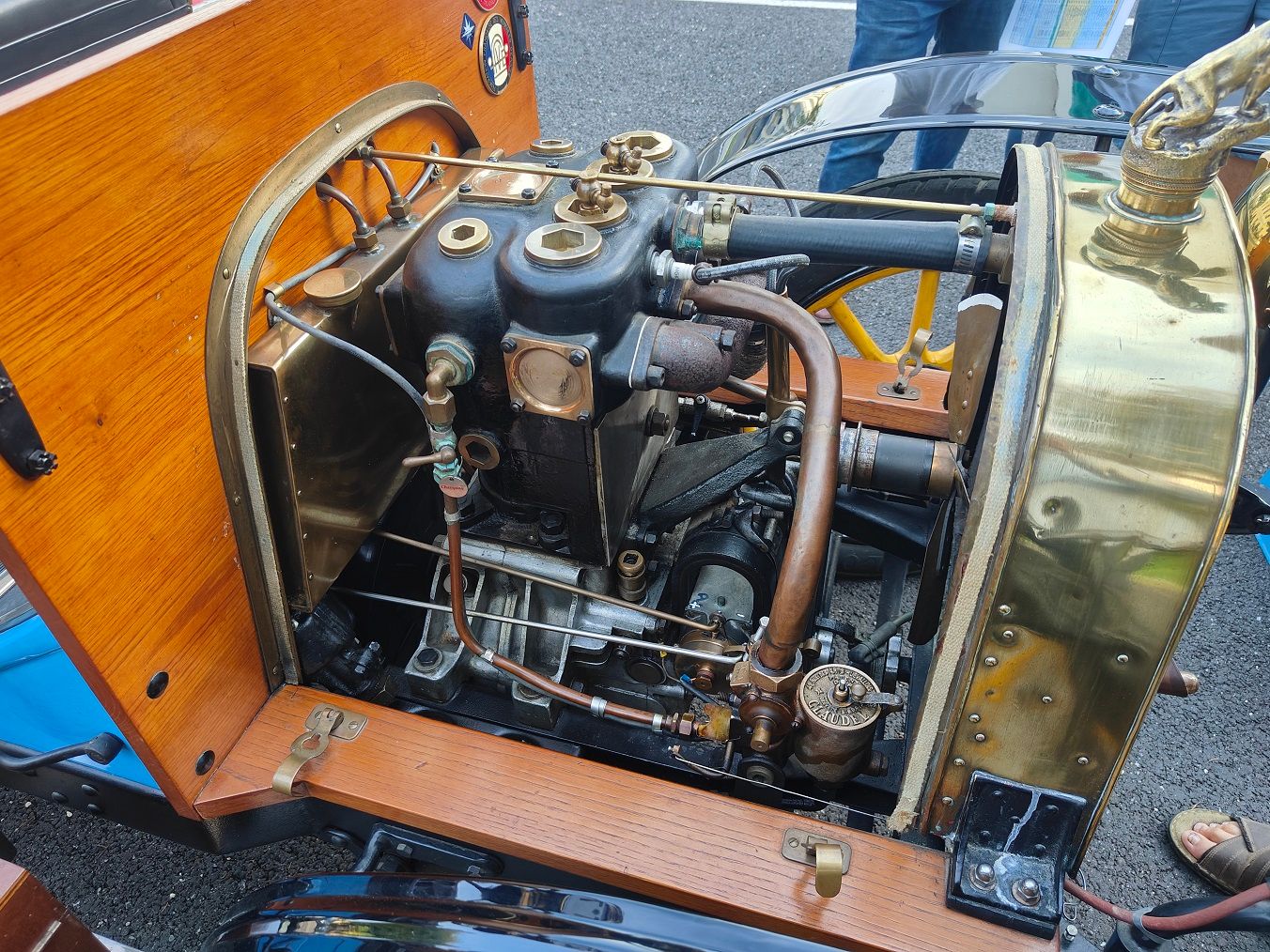
I reflect upon that and have to agree. Most cars are restored to unreal standards. Most concours competitions are open only by invitation and there is no chance that an ordinary car will ever win the car of the show. The inequality is mitigated somewhat by creating categories for Indian classics, but eventually, these competitions are won by those who spend the most on restoration.

“Today, in France, we preserve our uniquely French, original idea of a Concours but with a twist,” says Patrick. The once celebrated new cars are now old and many bear scars of their use and affections gathered. Old paint and scuffed upholstery carry many a memory. These vehicles are celebrated for what they are—survivors that should be admired.
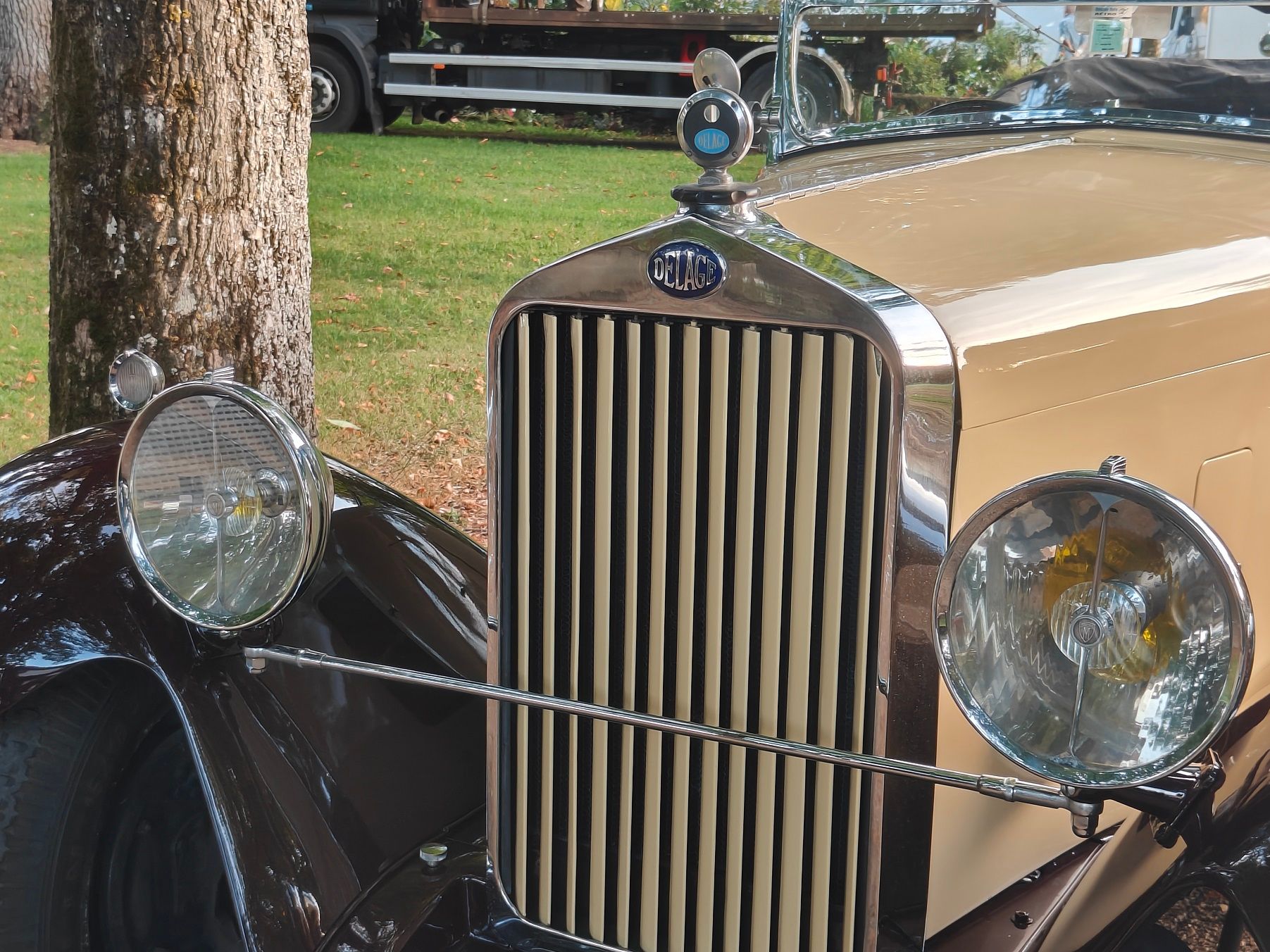
“We stick with the same three-faceted judging system of a century back,” continues Patrick. We judge the ‘Chassis’; that is, the car itself, its rarity, uniqueness and so on; the ‘Carrosserie’, namely, the elegance and aesthetics of the body style; and ‘Couture’, which is the style of its presenters. The Couture need not be ‘Haute’ though, but should match the context of the car. A couple dressed as rough farmers in a fifties 2CV has as much of a chance of winning as an elegant flapper in an early thirties Delahaye.
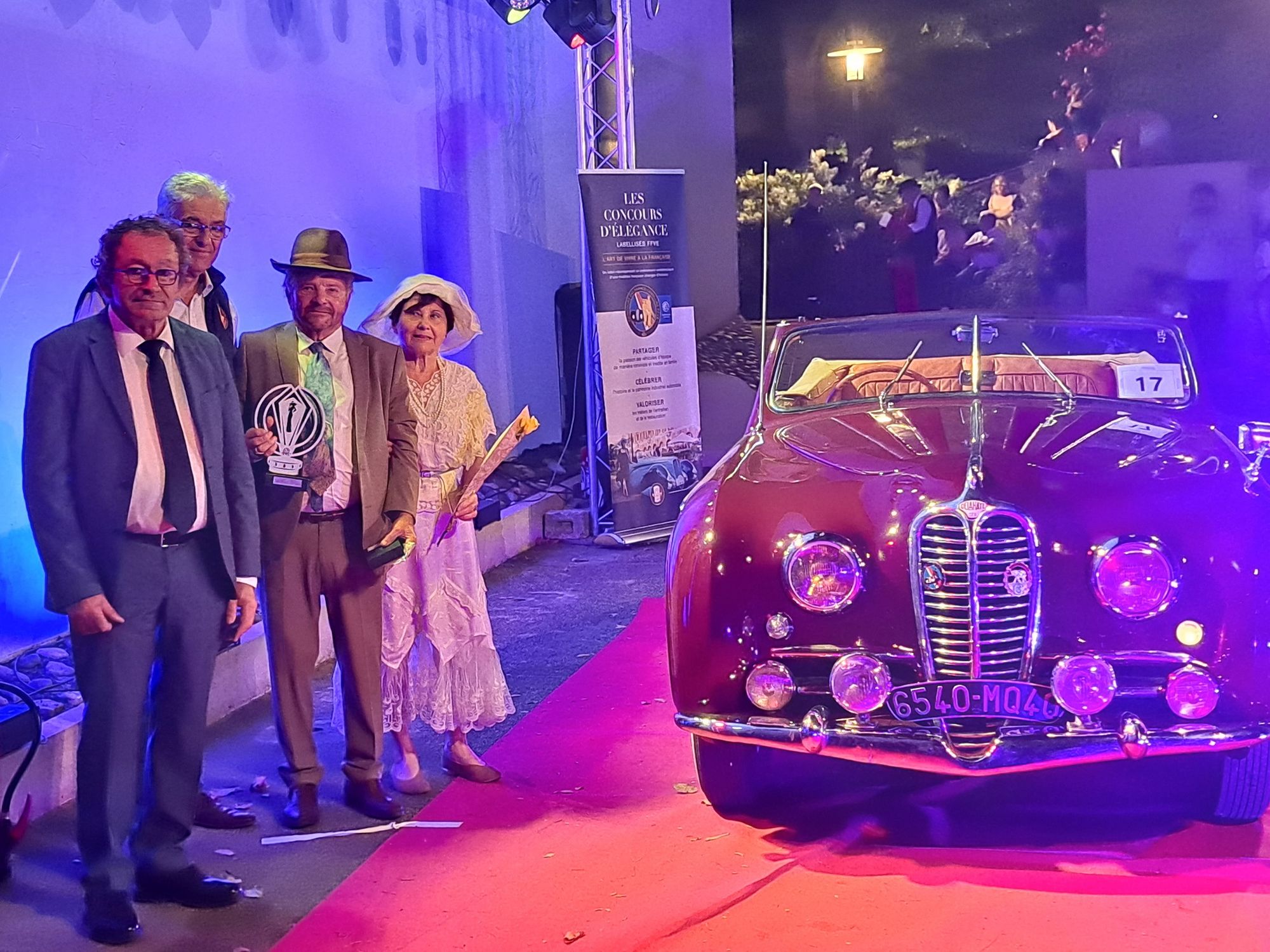
Seeing is believing, though.
At dusk we get to see the cars entered for Tonneins’ Concours d’Elegance. From Veteran Renaults to far younger wedges like a Matra 530A, the competitors are an eclectic bunch. Educated by Patrick, I make mental notes of the Chassis and Carrosserie aspects; the drivers and passengers are still busy getting their costumes ready.
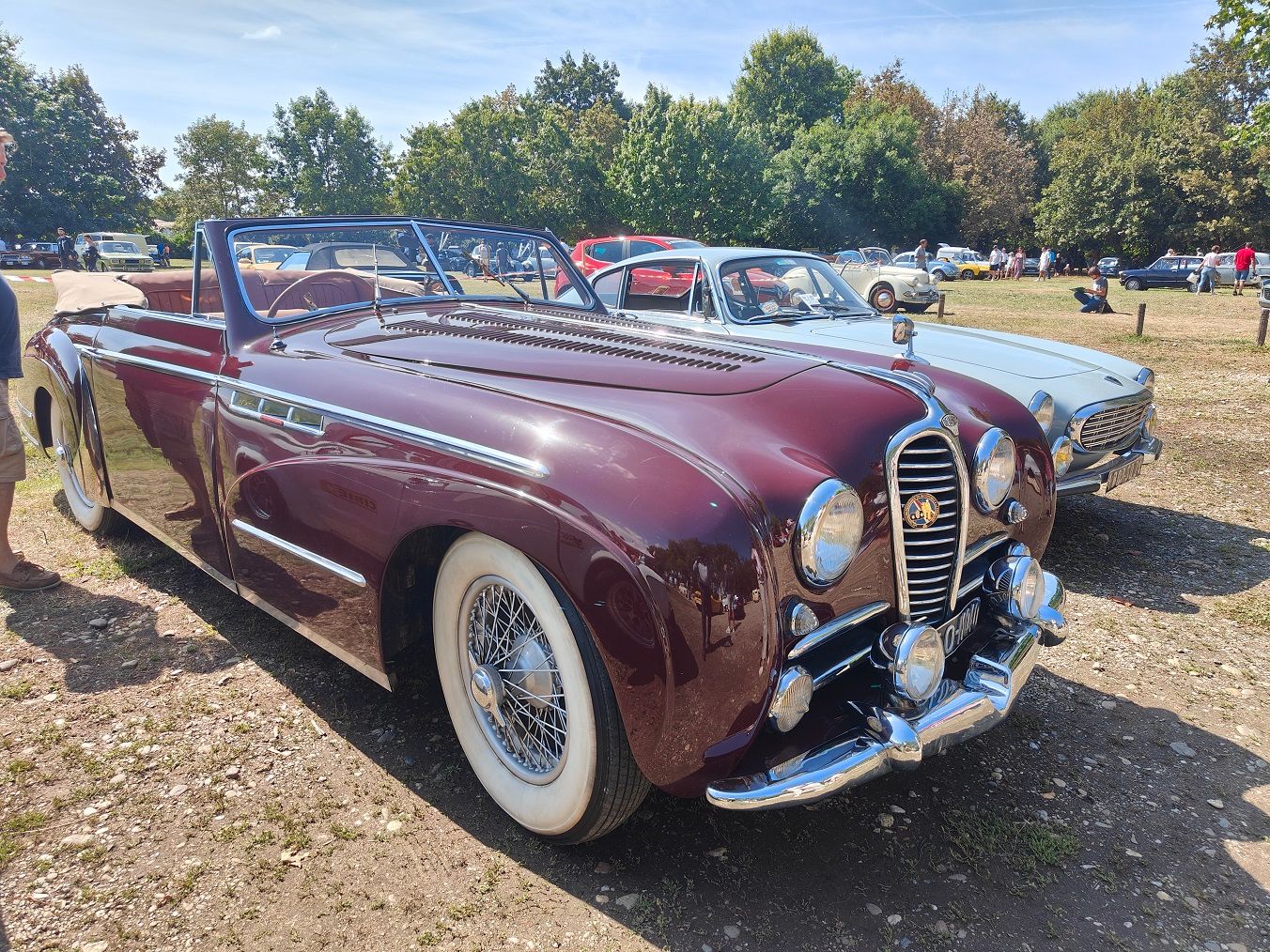
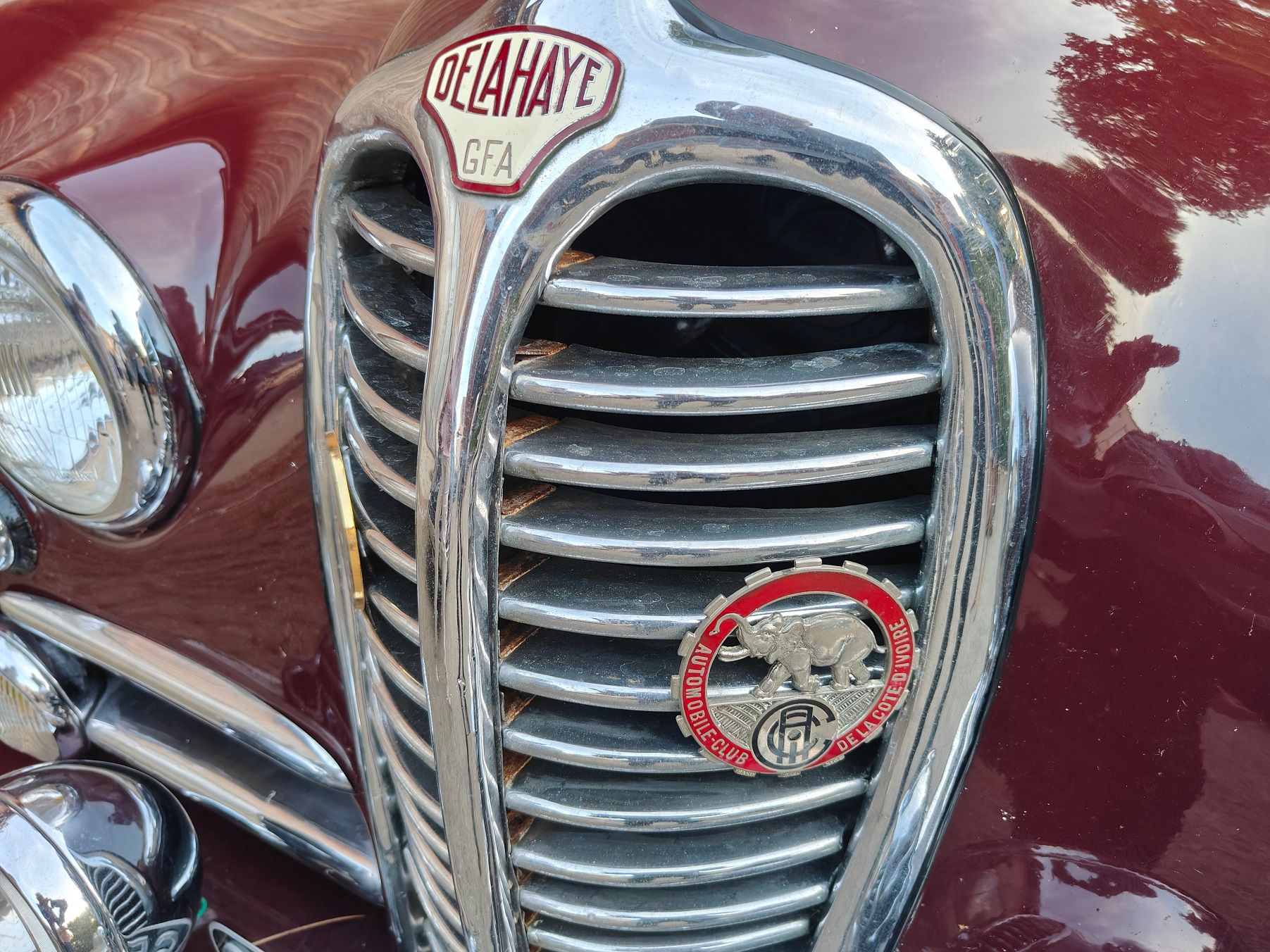
It is difficult for an Indian who rarely sees French classics back home, to attempt proxy judging for a French Concours. Nearly every car looks a winner at first sight. Yet, some of them stand out in particular. There are two pre-1920 cars, a 1911 Peugeot Lion and a 1908 Renault AX. Both are immaculately restored, and chug along nicely. French cars apart, a rare 1928 AC is striking. This car is well maintained, with not overly shiny blue paint. The detail and originality are exacting. Its distinctive dickey seater body is well complemented by an original leather trunk that still bears its travel stickers of yore.
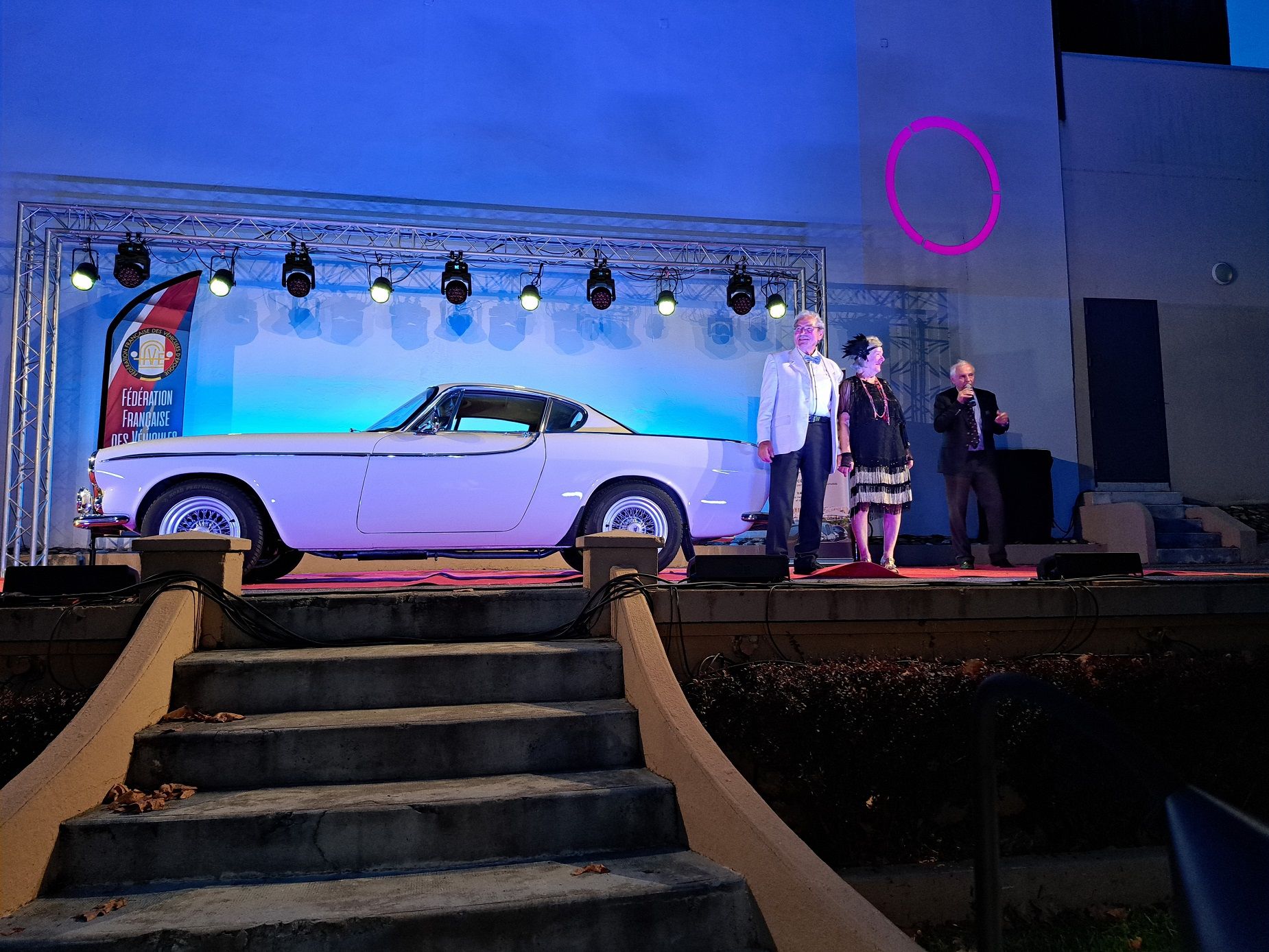
A 1958 Facel Vega FV3B makes my heart leap. Large and low slung, the distinctive grill is instantly recognizable, as also the wrap around windscreen. But best of all is the elegantly tapered rear, with discreet fins that end in sculpted tail lamps following the former’s curve.
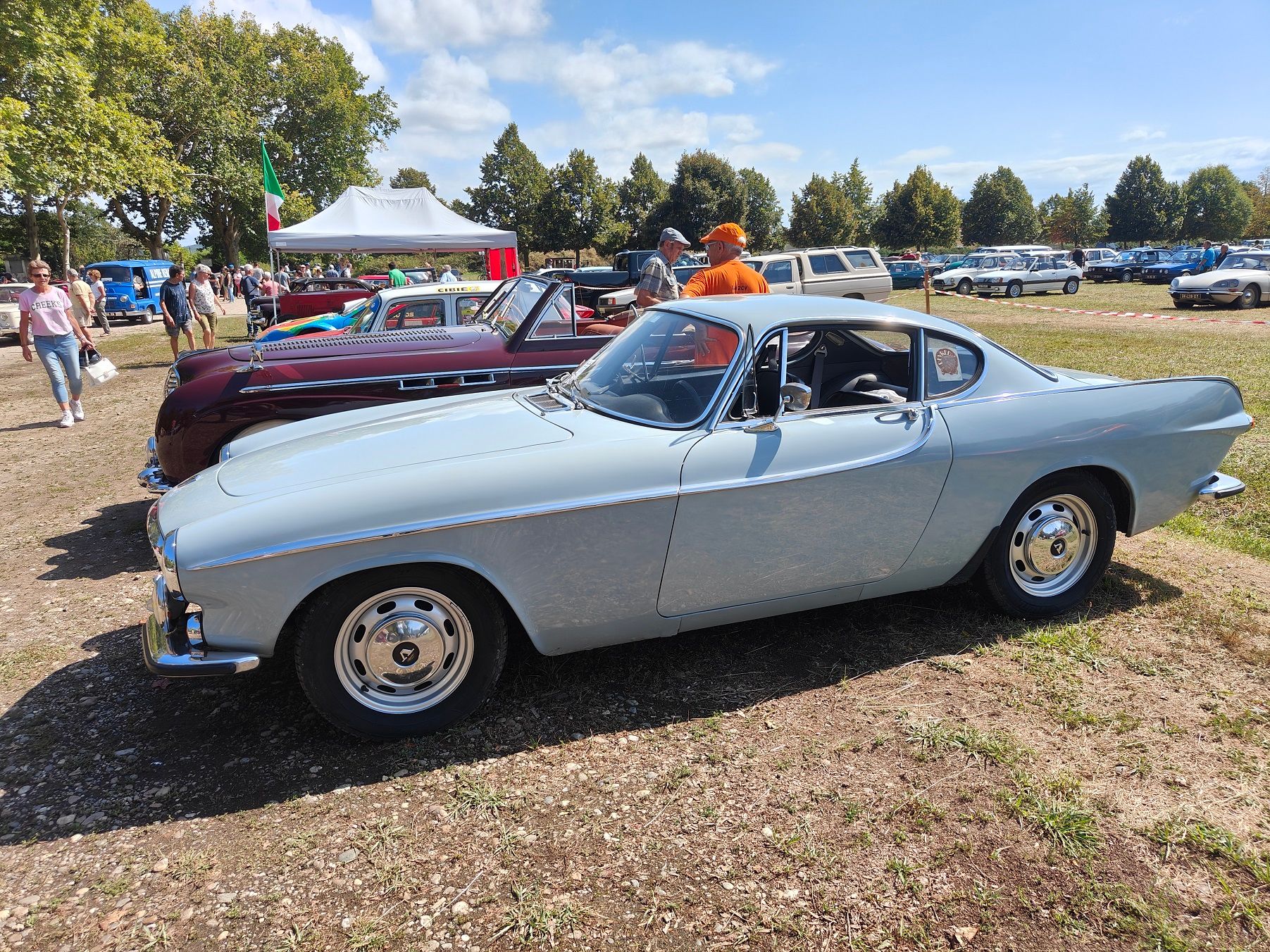
This has to be one of the best rear ends of any car, I think to myself, till a 1966 Volvo P1800 S catches my eye. The 1800, a low slung coupe, is out of character with the staid, reliable and safe cars that Volvo was famous for. The exaggerated fins at the rear, complemented by the horizontal tail lamps, can compete well with the Facel Vega’s derriere.
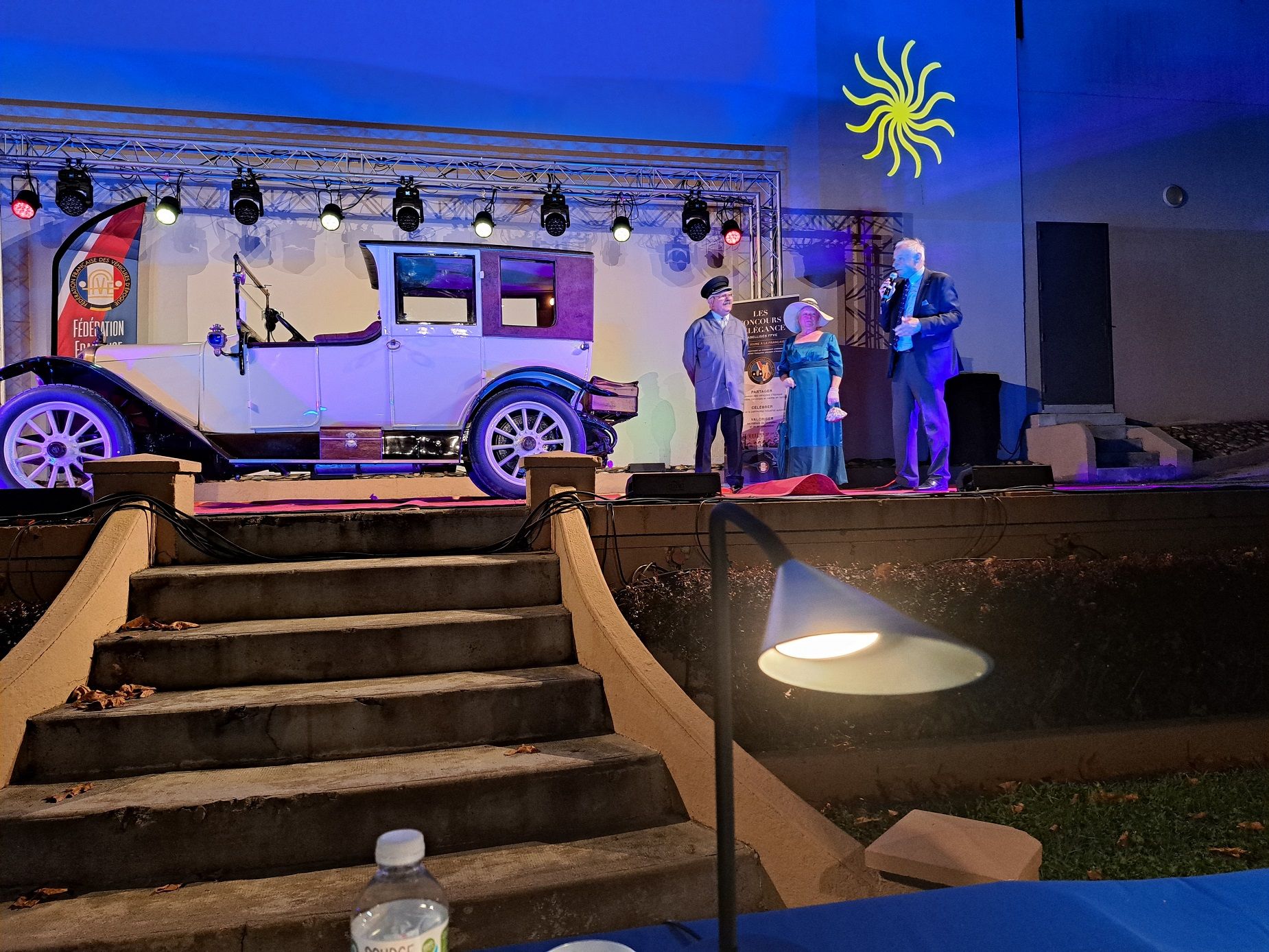
A 1950 Delahaye! That heart-shaped grill up front is instantly recognizable. Bulbous and sans a single straight line, this M135 car is typical of French styling of the fifties. A 1933 Delage D611 Cabriolet is instantly recognisable by its upright radiator surround with the blue enamelled badge.
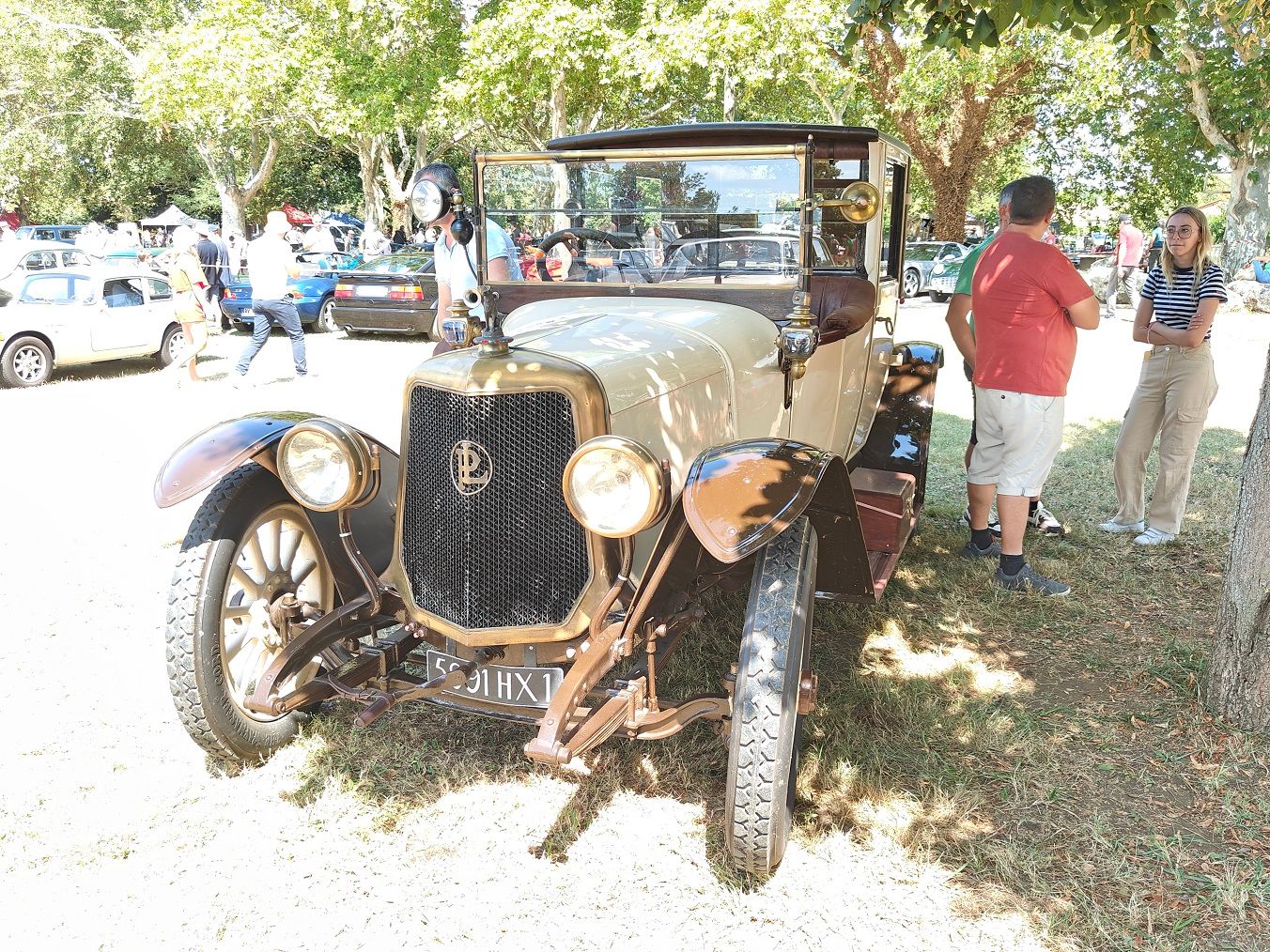
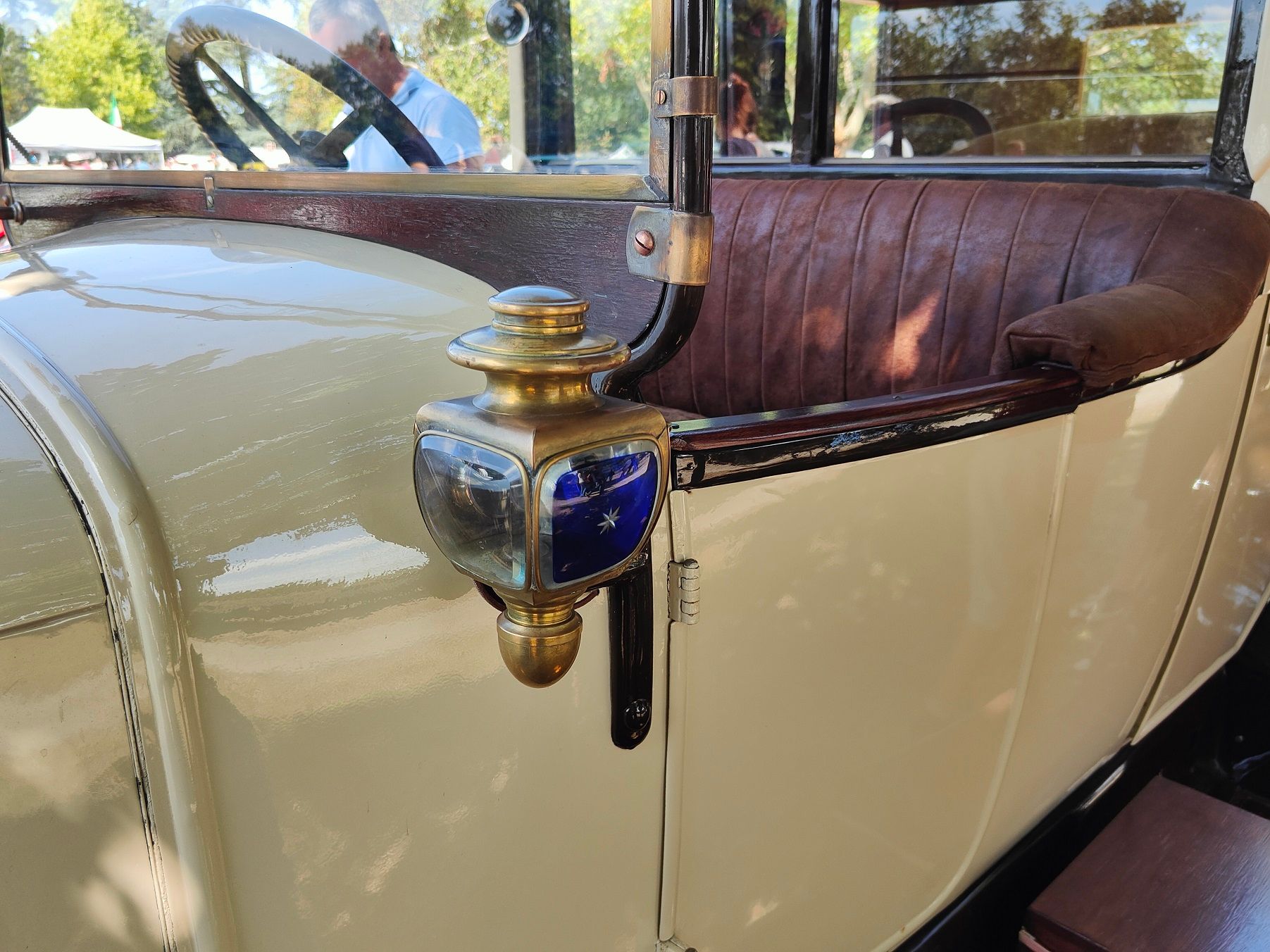
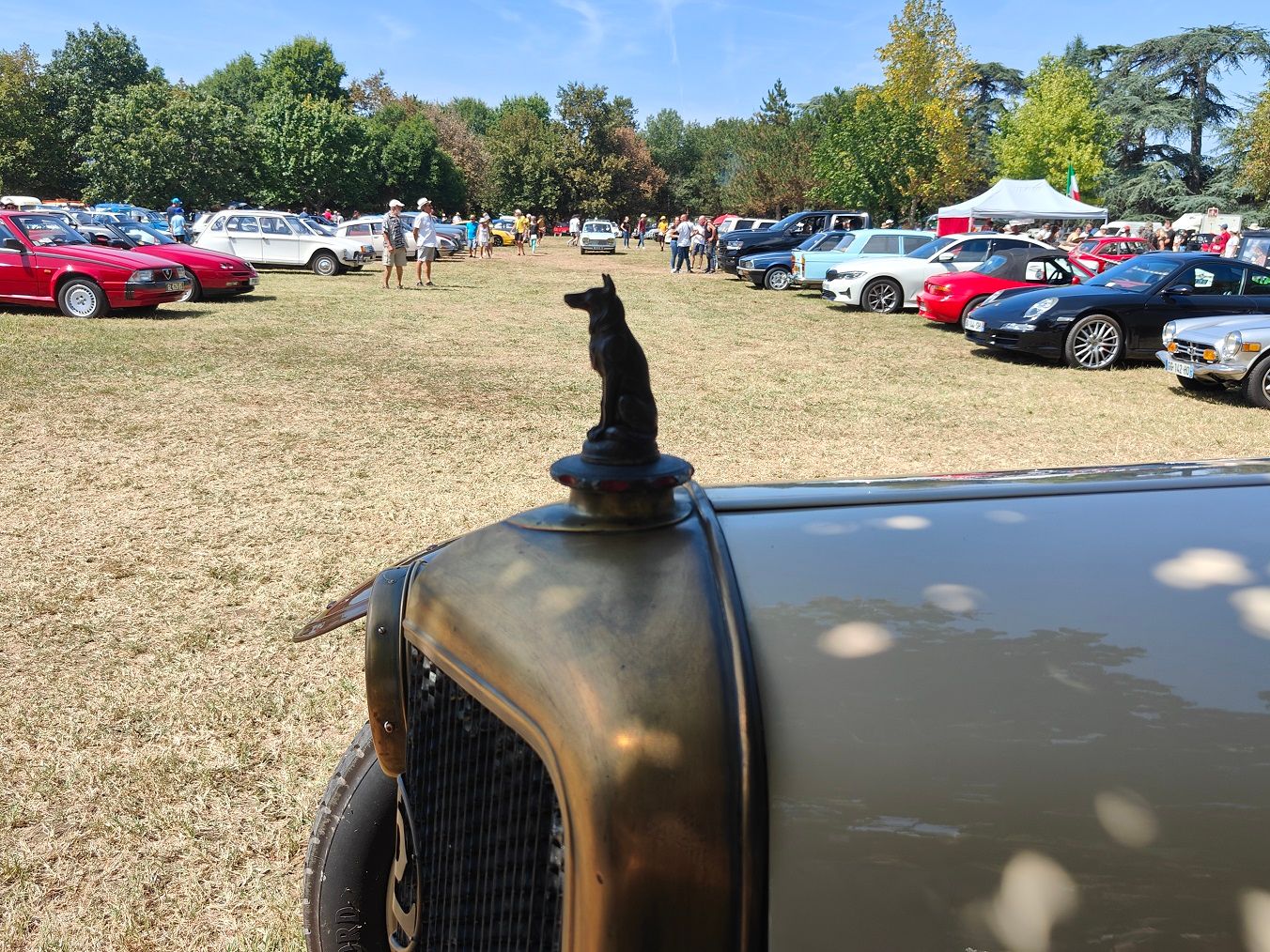
The upright theme continues, with a high waistline, and a tiny straight up windscreen. The small cars are represented by an impressively restored 4CV Renault, in a striking sky blue-powder two-tone combo. Amongst the more modern cars, a 1970 Matra 530A heralds the wedge design. Its not a car one would see in India.
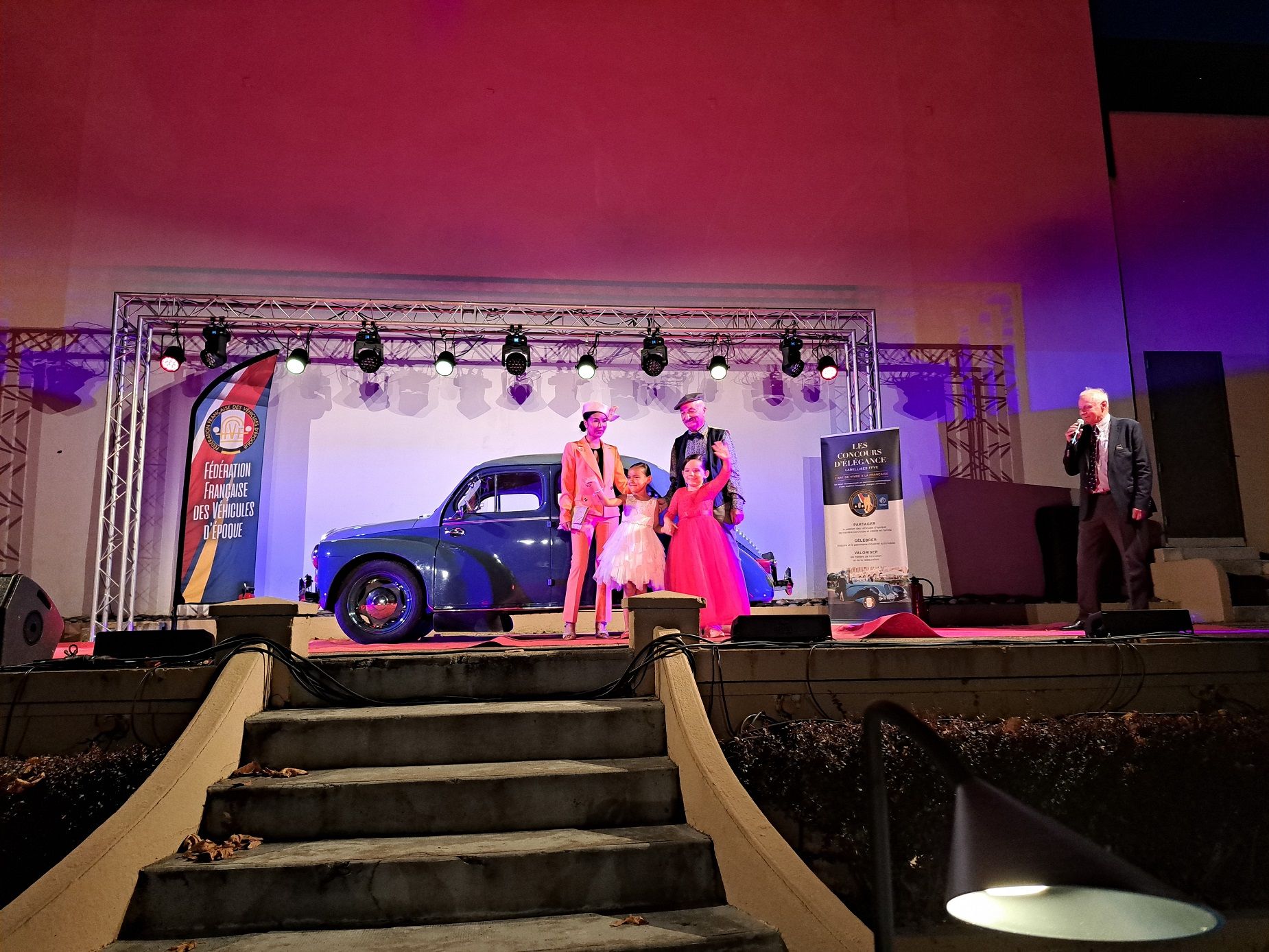
As darkness descends, Patrick takes over as master of ceremonies in the small municipal amphitheatre, provided by a supportive Mayor and Senator, Dante Rinaudo and Jean-Pierre Moga. For four hours at a stretch, without any notes, Patrick introduces each of the thirty cars participating in the Concours. Not for nothing has he been awarded the Ordre national du Mérite, with the rank of chevalier, for his contribution to the historic vehicle movement.
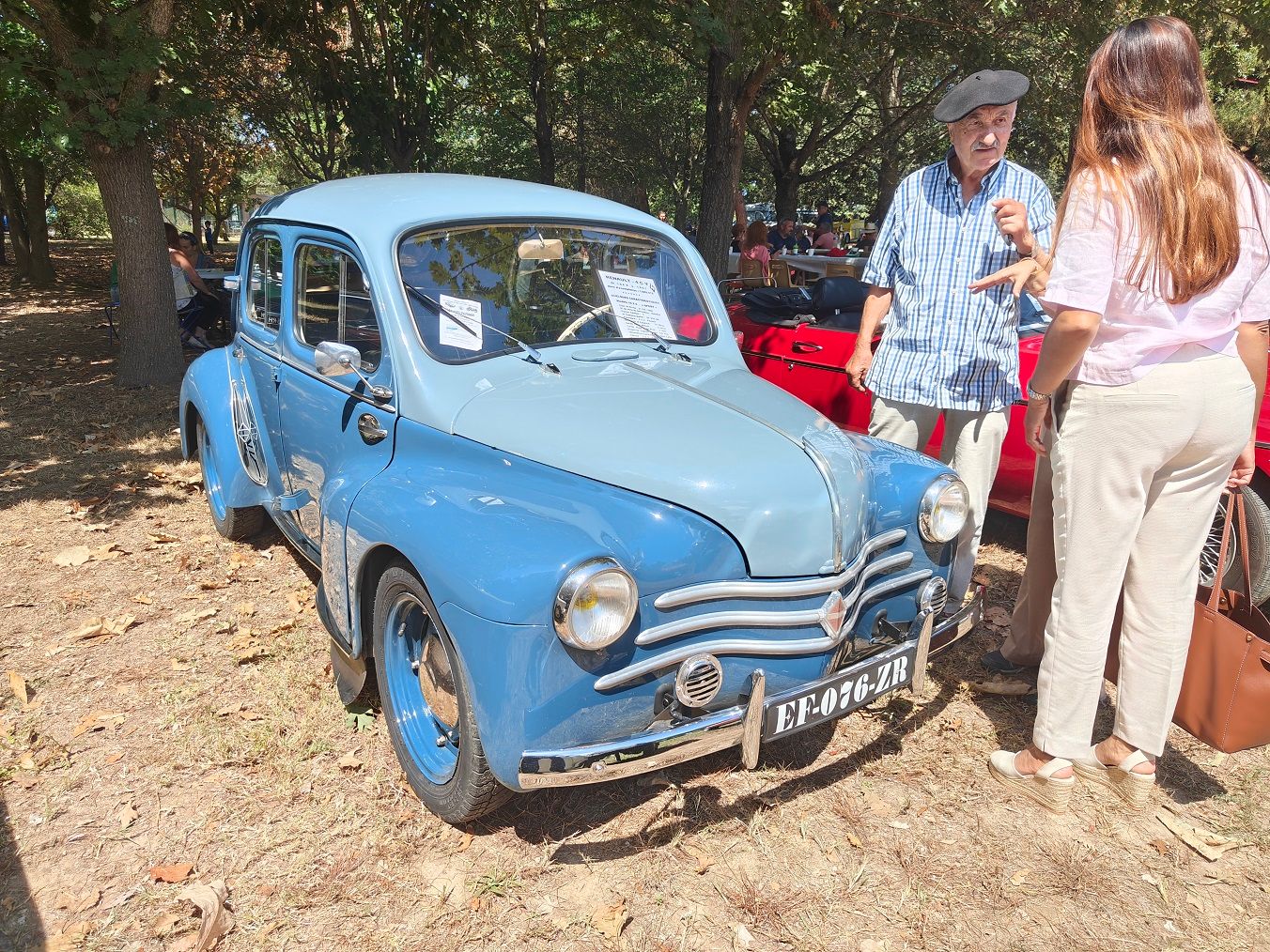
Eight judges, including Gautam Sen, our well-known friend, use a judging score sheet with twenty marks each awarded for originality, authenticity (as well as quality of restoration where applicable), the design of the vehicle (in the process covering the Chassis and Carrosserie aspects) and Couture (the presentation by the crew), respectively.
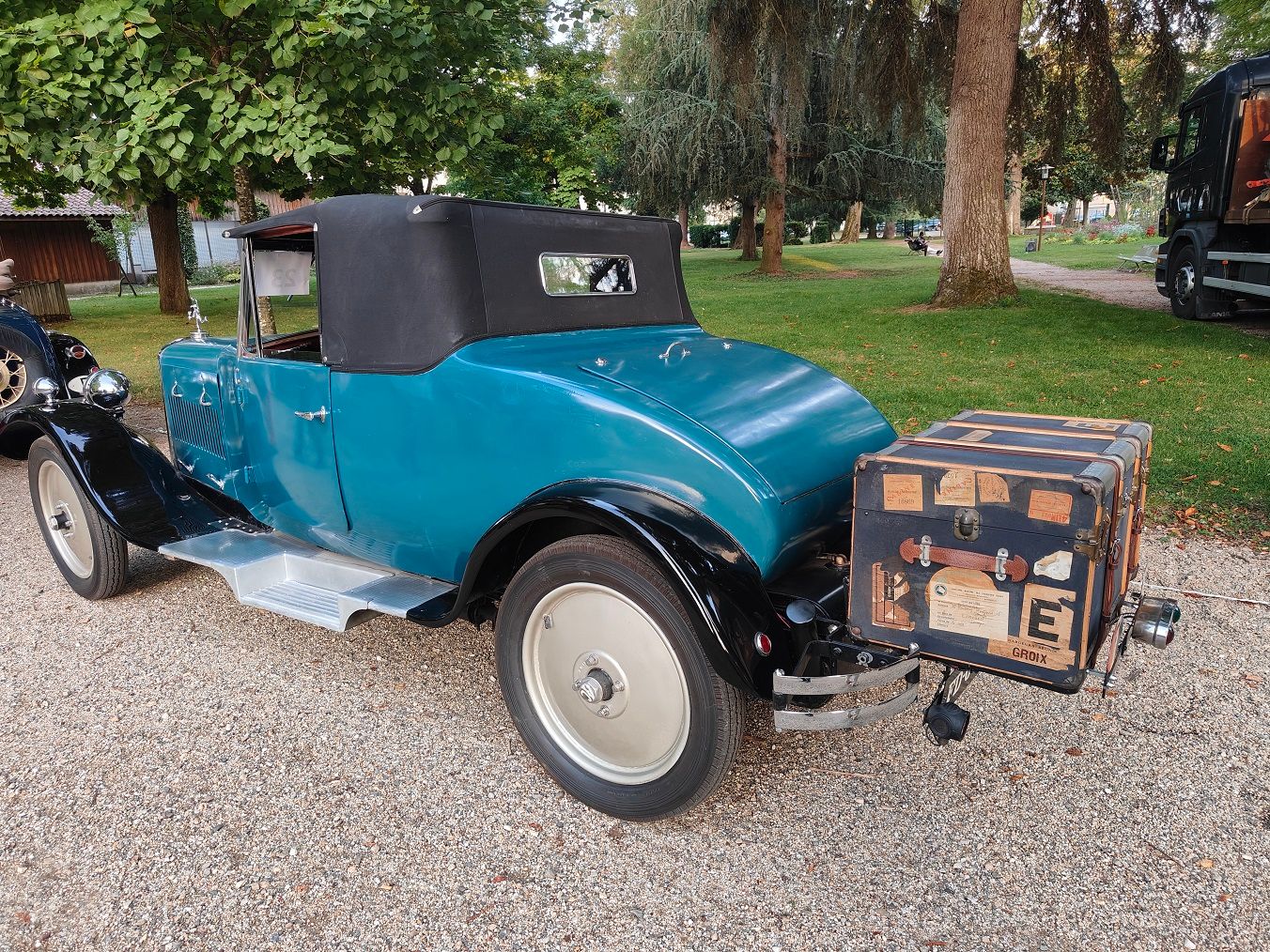
The meticulous arrangements are admirable. Every car drives in to the strains of a theme song, chosen to match its era. The passengers range from women in gowns and befeathered caps, to hipsters in jeans and beads. A Roger Moore lookalike drives in the Volvo—with strains of the music from the popular TV show, the Saint, which features the hero driving a P1800. Whole families with children, all dressed in costumes complementing the cars, bring laughter to the audience.
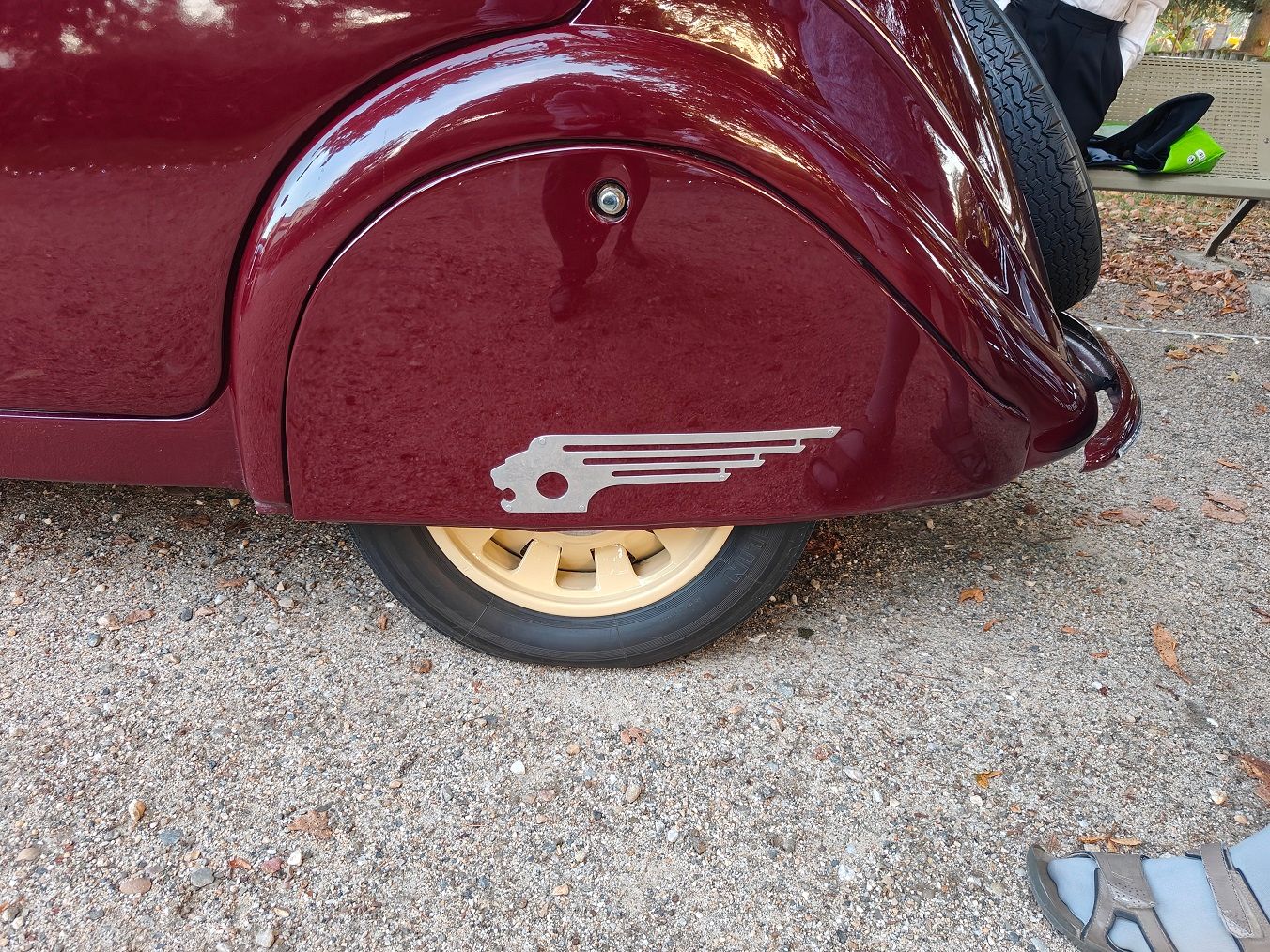
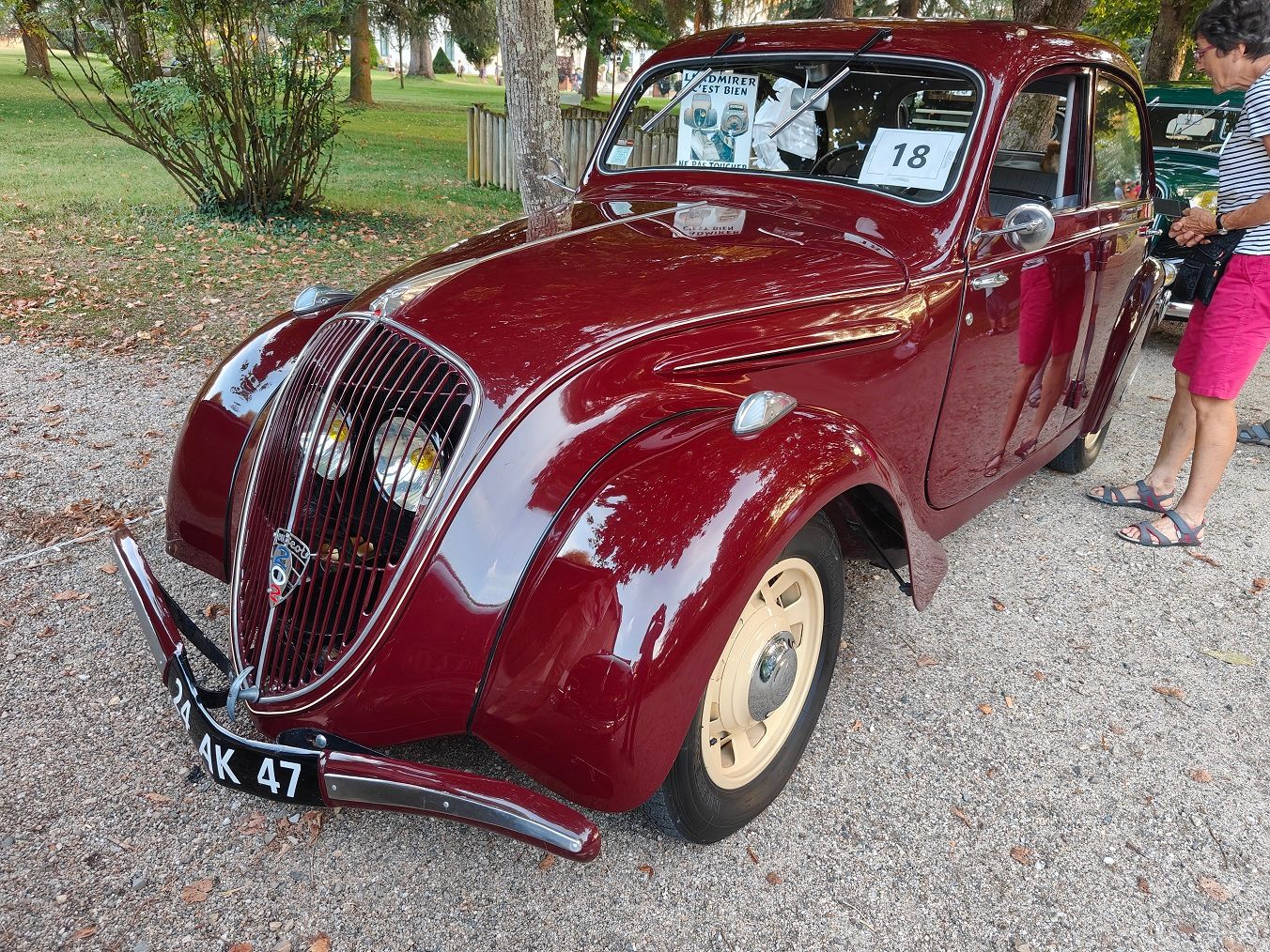
Past midnight, following a short confabulation amongst the judges, the winners are announced. The Car of the Show prize goes to the immaculately restored veteran Renault AX (from 1908), with its painstaking ensemble of turn of the century couture. I was rooting for the AC, but feel sorry for the Facel Vega, an early Corvette and the Matra. The judges must have had a tough job on their hands.
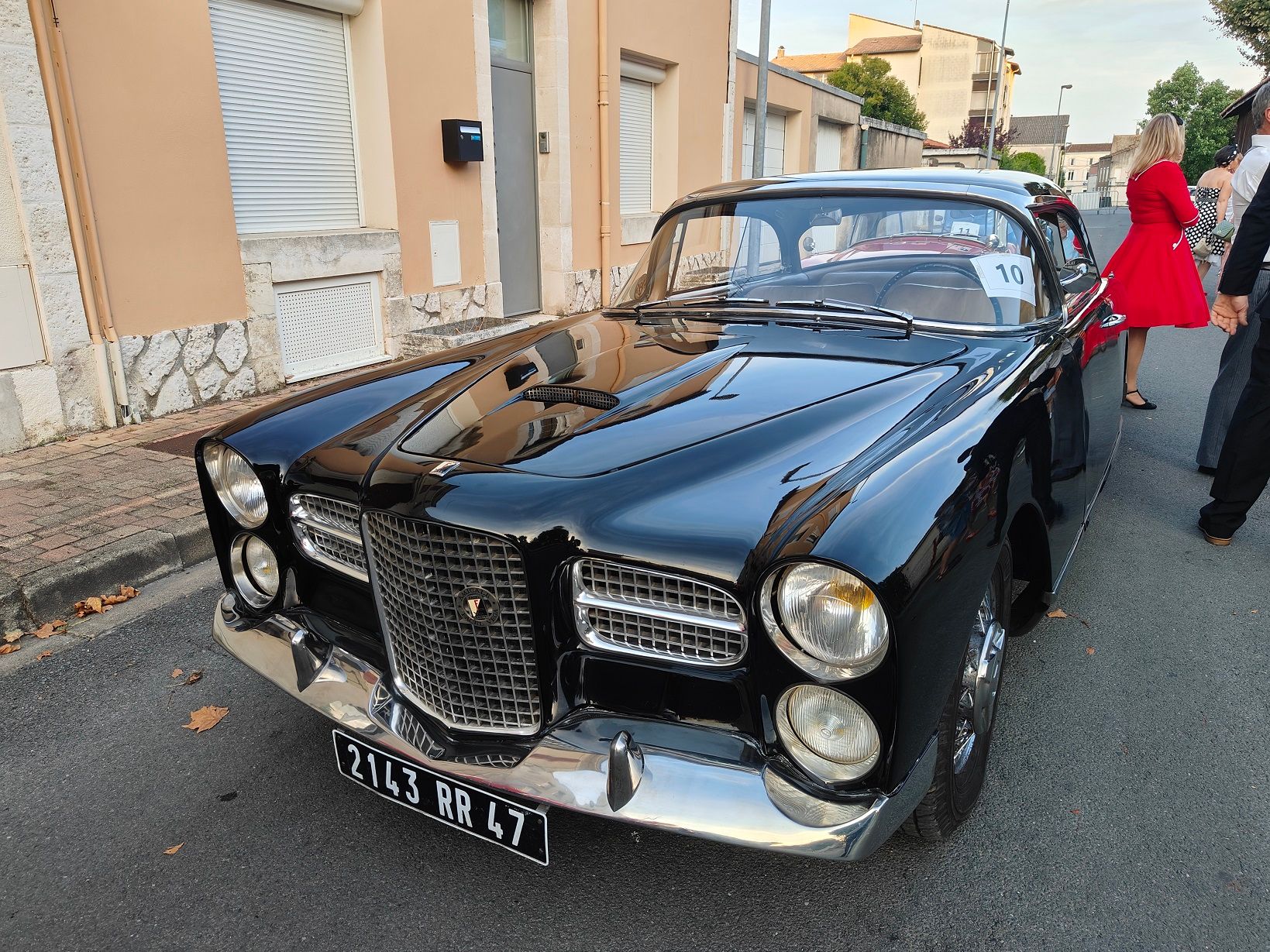
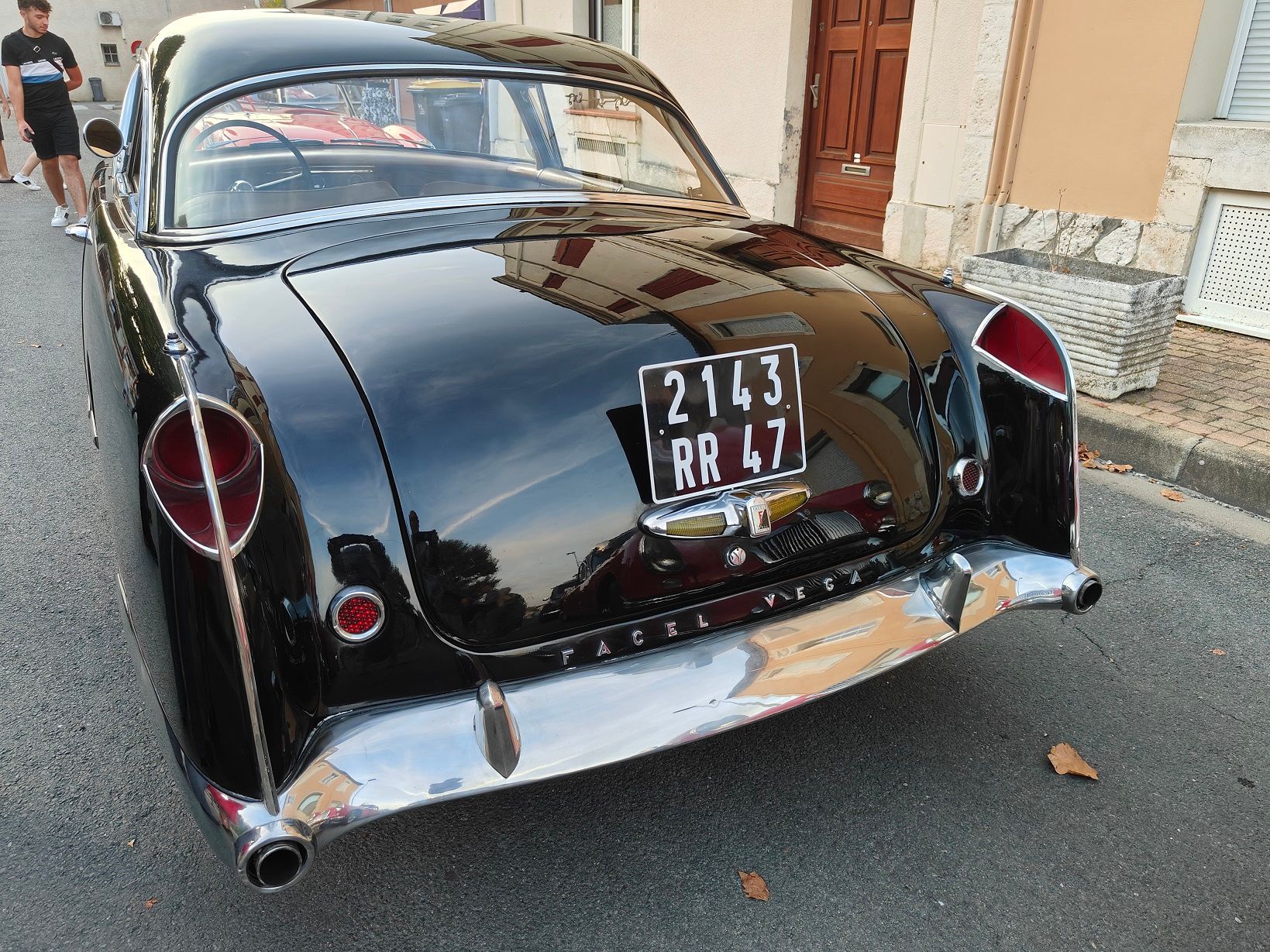
As the fireworks light up the sky and reflect off the lovely cars, Tonneins goes off to sleep again, to dreams of a memorable, intimate and friendly event, fun for all.
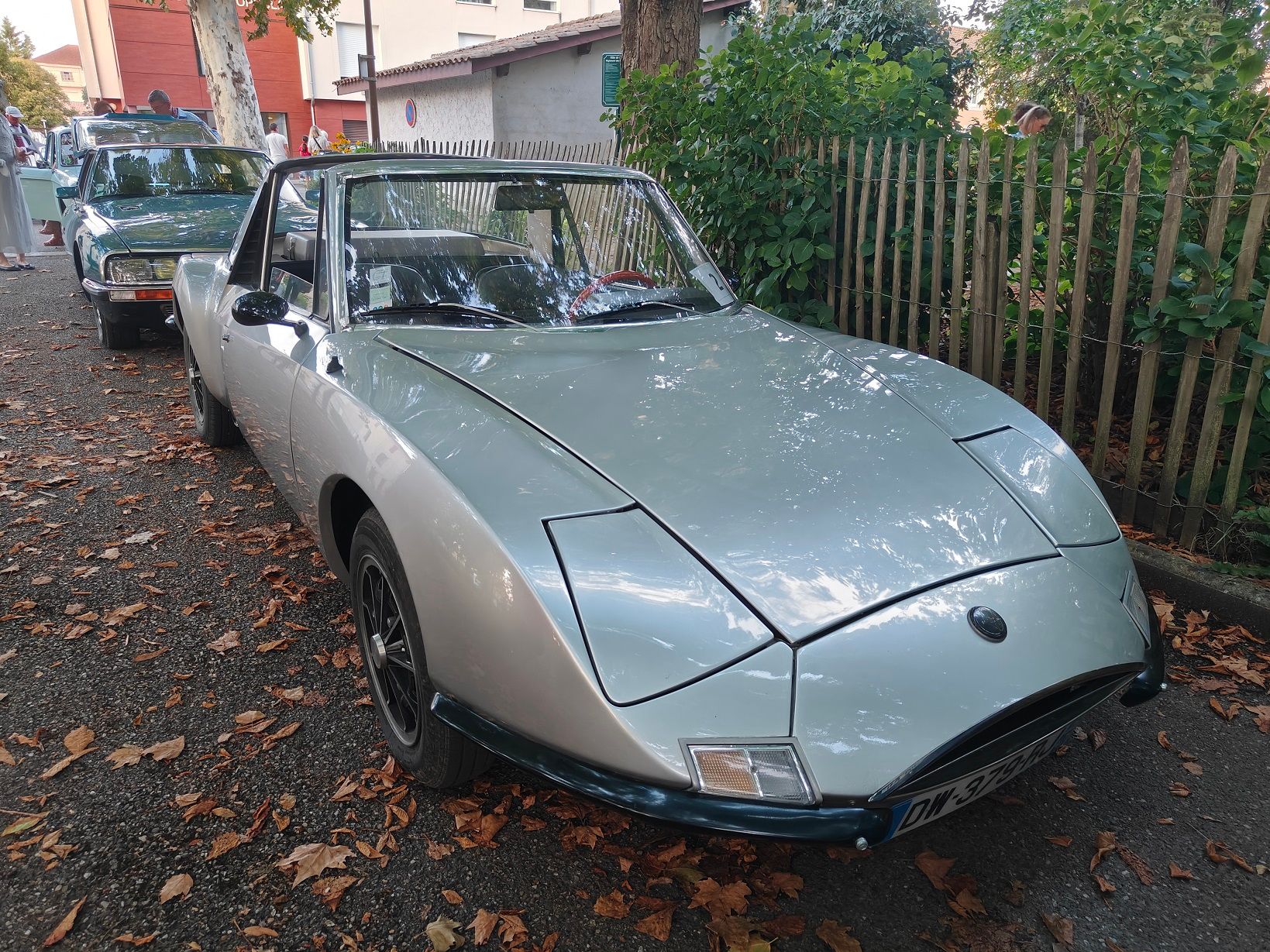
Comments
Sign in or become a deRivaz & Ives member to join the conversation.
Just enter your email below to get a log in link.
